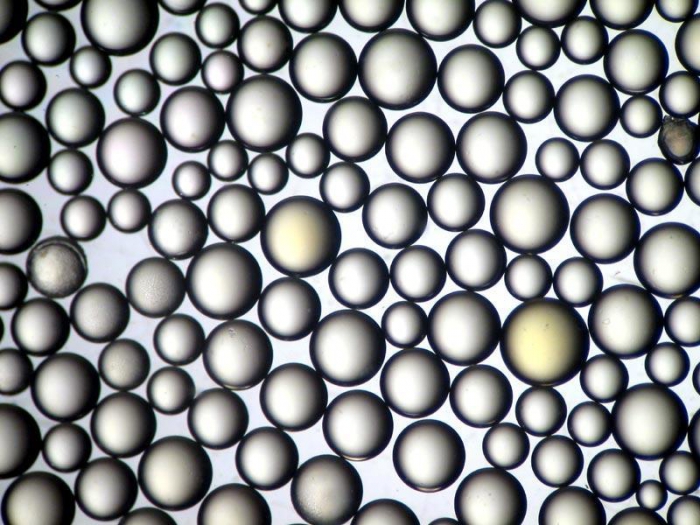成都森格尔环保科技有限公司
Chengdu senge environmental protection technology co.LTD
Consultation Hotline:02865357899
Production, Sales and Development of Ion Exchange Resin
成都森格尔环保科技有限公司
Chengdu senge environmental protection technology co.LTD
Consultation Hotline:02865357899
Production, Sales and Development of Ion Exchange Resin
Contact person: Manager Liu
Location: 028-65357899
Mobile phone: 15680686111
Mailbox: chengdu@sgrhb.com
Fax: 028-65357899
Email: chinaresin@sgrhb.com
Website: www.sgrhb.com
Website : en.sgrhb.com
Address: 79 Jiujin Street, Wuhou District, Chengdu City, Sichuan Province
The exchange capacity of anion exchange resins in water is different: some ions are easily adsorbed by resins, but it is difficult to replace them. Ion exchange resin is composed of classification name, skeleton (or gene) name and basic name. The pore structure is divided into two types: gel type and large pore type. All macroporous resins with physical pore structure are added "big hole" before the full name. If the classification is acidic, the word "yang" should be added before the name, while the classification is alkaline, and the word "yin" should be added before the name. Such as: macroporous strong acidic styrene cation exchange resin. Some of them are difficult to be adsorbed by ion exchange resin of bleaching agent, but can be easily replaced. This property is called selectivity of anion exchange resins. The selectivity of anion exchange resins is related to the following factors:

ion exchange resin
1. The more ion bands, the easier the anion exchange resin to adsorb. For example, divalent ions are easier to adsorb than univalent ions.
2. For ions with the same charge, large atom-level ions are easier to adsorb.
Compared with dilute solution, low-valent ions are easily adsorbed by resin in concentrated solution. Generally speaking,
ion exchange resin
For H-type strong acidic anion exchange resin, the order of ion selection in water is discussed. Ion exchange resin is composed of classification name, skeleton (or gene) name and basic name. The pore structure is divided into two types: gel type and large pore type. All macroporous resins with physical pore structure are added "big hole" before the full name. If the classification is acidic, the word "yang" should be added before the name, while the classification is alkaline, and the word "yin" should be added before the name. Such as: macroporous strong acidic styrene cation exchange resin. For OH type strong basic anion exchange resin, the order of anion selection in water is discussed. The selectivity of this anion exchange resin is helpful for the analysis and judgment of chemical water treatment process. For ease of use, the density of anion exchange resin can be expressed by the following two methods:
1. Real wet density. It refers to the true density of anion exchange resins after fully expanding in water. The particle size here does not include the voids between resin particles. The wet true density is related to backwashing delamination and resin settling performance. The relative density of the canopy is 1.24-1.29, and that of the anionic resin is 1-06-1.11.
ion exchange resin
2. Apparent wet density. Ion exchange resin is composed of classification name, skeleton (or gene) name and basic name. The pore structure is divided into two types: gel type and large pore type. All macroporous resins with physical pore structure are added "big hole" before the full name. If the classification is acidic, the word "yang" should be added before the name, while the classification is alkaline, and the word "yin" should be added before the name. Such as: macroporous strong acidic styrene cation exchange resin. Also known as wet pile density, refers to the volume density of anion exchange resin in water after full expansion. The bulk volume here includes the voids of the anion exchange resin particles. The wet apparent density is usually used to calculate the amount of resin required for the exchange bed. The apparent density of anion exchange resin is generally 0.65-0.85, and that of anion exchange resin is 0.60-0.80. What is the temperature requirement of anion exchange resin? The anion exchange resin has certain heat resistance. When the service temperature exceeds the temperature limit it can withstand, the resin is easily destroyed by thermal decomposition. Generally speaking, the anion exchange resin can withstand 80 C, the weak base anion exchange resin can withstand 100 C and the strong base anion exchange resin can withstand 60 C. The optimum temperature for desilication is below 40 C.
Chengdu Senger Environmental Technology Co., Ltd.
Record No: 蜀ICP备19000327号
Powered by Xiangyun Platform
Contact person: Manager Liu
Location: 028-65357899
Mobile phone: 15680686111
Email: chinaresin@sgrhb.com

